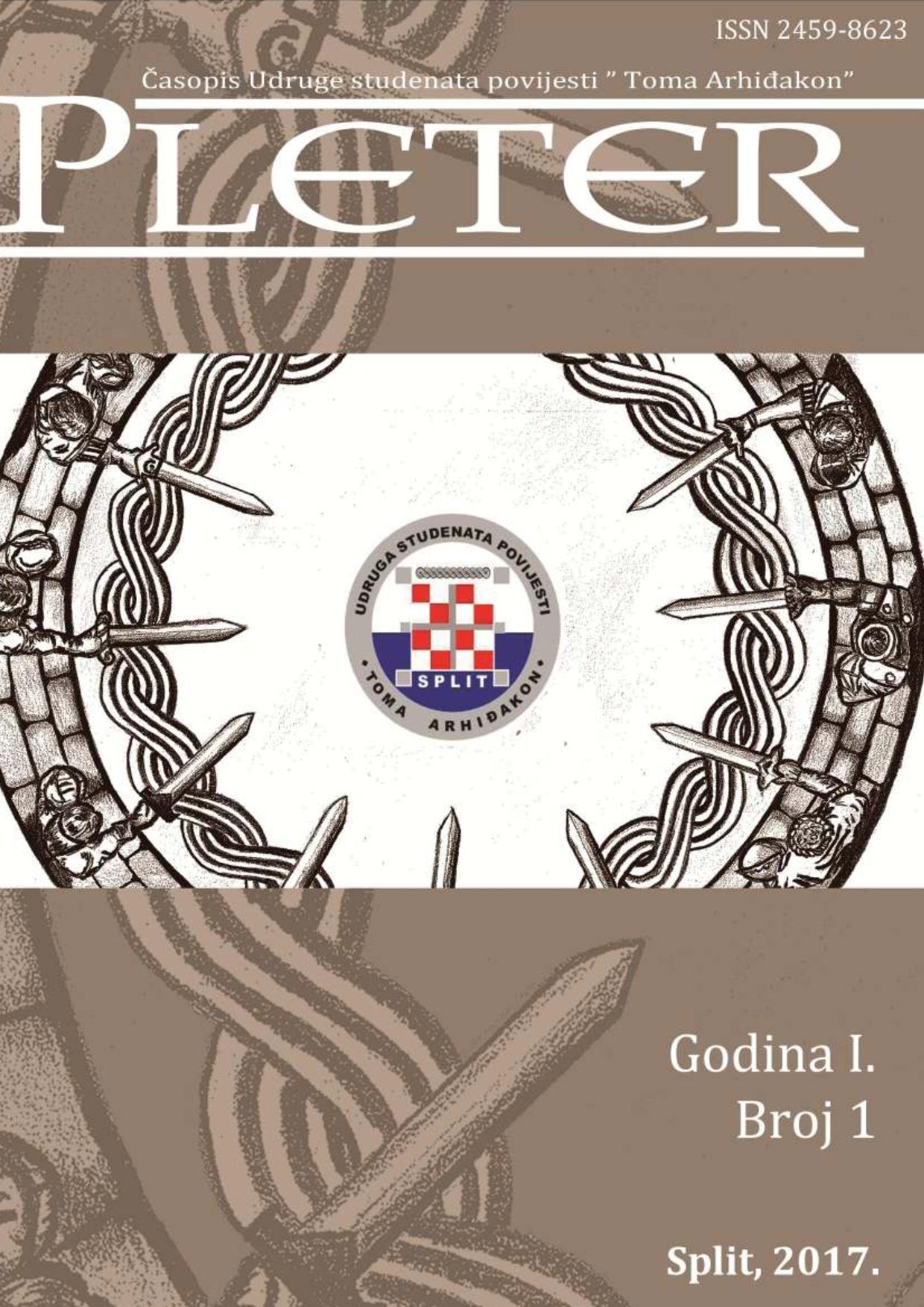Salona – Urbs vetus
Keywords:
Salona, Urbs, vetus, fortifications, forumAbstract
The paper deals with the oldest part of ancient Salona. Danish archeologist Ejnar Diggve excavated Salona and he named the oldest part of the city Urbs vetus. Although the researches of Salona have been attracting the scientists for quite some time now, only the most monumental edifices have been discovered so far, wherefore we have learned only the basic elements of the capital city of the Roman province of Dalmatia. The starting point in archaeological excavations is the historic backgrounds of founding of the city. Various cartographic and travellers' descriptions of Salona and its monuments, as well as collecting of archaeological artefacts in private in museum collections have provided valuable information of the city history. Professional excavations were started by founding of the Archaeological Museum in Split in the 19th century. Since then, numerous archaeological campaigns have revealed particular monuments of Salona, firstly those of monumental, public character, but also those related to the private life. In spite of the researches on particular archaeological localities continuing for two centuries now, the excavations, however, not completed and, therefore, published, still unsolved are numerous dilemmas about the time of their creation and the developmental changes resulting sometimes from urban development undertakings or daily needs. Salona requires systematic researches, not of the field character only, but also building of a fundamental data base of all the monuments known by now and of elements of the urban planning and development of this Roman city. Therefore, this paper contains information on the
public edifices in the oldest part of the city, Urbs vetus, known to us. Efforts have been made in pointing out the fundamental problems related to the earliest history of Salona by presenting the relevant information on the most important monuments in the oldest part of the city, the Urbs vetus,
and putting together the scattered and often overseen information, or various opinions made by researchers and scientists.


